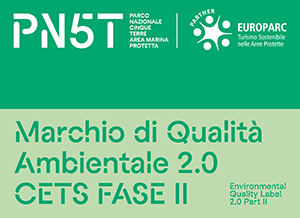Le Cinque Terre
The Vernazza area was already inhabited in Roman times
in fact, the lands confiscated from the Ligurians had been ceded to Roman settlers. In the 7th century, Vernazza appears as 'Vulnetia' in the Anonimo Ravennate. The origin of the coastal village is linked to the existing nucleus around the ancient church of Reggio, today the sanctuary of Vernazza.
In the 11th and 12th centuries, the area was ruled by the Obertenghi lords, who also had a castle built on a rocky spur that was difficult to assault. Such a castle is documented from 1056. Even then, thanks to its well sheltered natural harbour, Vernazza was one of the main ports of call in the Cinque Terre.
Given its importance as a port, the village was equipped by the Genoese with a defensive system that still allows us to admire the bastion, watchtowers and remains of the city walls. Vernazza remained the most important village of the Cinque Terre and the standard of living of the inhabitants was higher than that of the other neighbouring villages. In 1379, it was the seat of a podesta office. Undoubtedly interesting both from an urbanistic point of view and in terms of environmental values, is the square located in the lower part of the village, surrounded on one side by a beautiful porticoed palace and houses with a medieval structure and paved with stone slabs, and on the other by the parish church dedicated to St. Margaret of Antioch. The church, built on the rock in 1318 on an earlier 11th-century construction, is in pure Ligurian Gothic style. The bell tower, a very tall octagonal tower set on four pillars in the presbytery, is distinctive. The interior, with a basilica plan with three naves divided by round arches, is elevated in relation to the square. In fact, it is necessary to climb a staircase, a measure perhaps due to the fear that high tides could cause damage.





